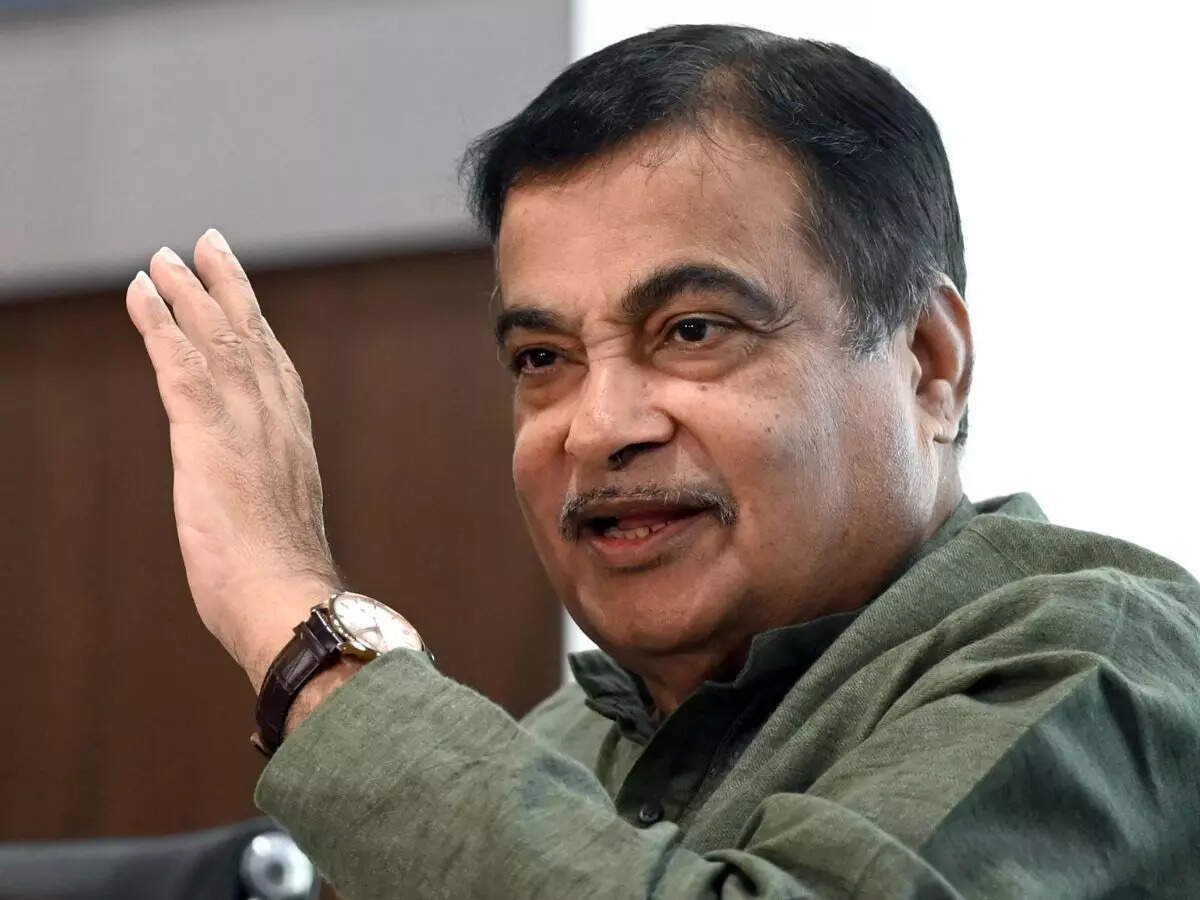Read by: 100 Industry Professionals

The government will bid out over INR 2 lakh crore worth of road projects on the build-operate-transfer (BOT) model by March 2024, giving a renewed push to the public-private partnership in road construction, road transport and highways minister Nitin Gadkari has said. This shift from the existing emphasis on engineering, procurement, and contract (EPC) model will drive private players to build better quality roads because they have to maintain them for 15 years, Gadkari told Yogima Seth Sharma, Deepshikha Sikarwar and Vinay Pandey in an interview. Edited excerpts:
How has the highways sector performed in the current fiscal?
Our budgetary allocation for current fiscal is INR 2.7 lakh crore and we expect to use all of it. Our capex is on target. It was INR 49,000 crore around one-and-a-half month ago and must have touched INR 70,000 crore by now.
What is next on the agenda for the roads and highways sector? Private investment is still to kick in in a big way…
In the coming months till March 2024, we are looking to award INR 2 lakh crore worth of projects on build-operate-transfer (BOT) mode. We are restarting projects on BOT to encourage public-private partnership in road construction. Health of the sector has improved tremendously. We have also made several policy interventions and some more minor policy tweaks could be taken up to make it more attractive for the private sector to invest. There is no apprehension in the private sector and the number of private players in the sector has gone up from 5 to 40 now.
Our focus now is on changes in use of fuels and converting roads into electric highways with electric buses and trucks plying on them. This will significantly reduce the logistics cost by as much as 30% compared to diesel. India’s fuel import bill currently stands at INR 16 lakh crore and will soon go up to INR 25 lakh crore with growth in our automobile industry. The idea is to significantly reduce India’s fuel import dependence with increased adoption of alternate fuels, and also reduce pollution. We are also looking at replacing diesel construction equipment with alternate fuel ones, including methanol trucks. Besides, there are several other green initiatives lined up. We are attempting for carbon credits and have planted 3.88 crore trees so far and transplanted 78,000. We have successfully tested bamboo crash barriers and are now using fly ash in road construction in a big way. We have built 1,000 Amrit Sarovars and are now using rubber powder from waste tyres with bitumen along with steel slag and municipal waste in road construction.
What is the need to shift to BOT mode of construction when the current framework of build and monetise is working well?
The roads that we make under the EPC mode have to be maintained by us. Even roads built under HAM (hybrid annuity model, which is a mix of EPC and BOT models) have to be maintained by us. On the other hand, under BOT, we will not have to maintain the roads for 15 years. Secondly, the private sector that builds the road and is responsible for maintaining it for 15 years builds good quality roads, which is not the case of roads built under EPC. Overall, BOT is going to be beneficial. Secondly, it will lead to job creation but in places where this is not economically viable, like in the Northeast, we will continue to do so with the budget.
Do you see reliance on the budget coming down as we shift to BOT, or will this level of government expenditure continue?
There is no dearth of funds with the government. We just successfully completed a project on liquid waste management in Mathura on HAM. India’s growth surged four times and there is immense scope for private investment in roads, railways, solid and liquid waste management, and electric vehicles.
There has been a huge focus on monetisation of roads. How do you see this going forward?
We have got tremendous response to InVIT and TOT. InVIT was seven times oversubscribed in seven hours on the first day. Asset monetisation in our sector is going well though there are many speed breakers on the way.
How has the creation of GatiShakti played out on overall infrastructure development in the country?
GatiShakti has brought in the much-needed coordination between different departments and ministries. Earlier, different infrastructure ministries were working in silos. It is bringing about greater efficiency and cohesion in planning and execution.
You have been talking about alternate technologies and material used in road construction. Is there an estimate by how much the overall project cost comes down with these interventions?
The new techniques that we are using include municipal waste, rubber powder and plastic, among others. However, our problem is the rise in prices of steel and cement used in concreting. So, we are working towards creating alternatives to steel and cement and will continue to encourage alternate materials to reduce the use of steel and cement.
Surety bonds have not made much headway with investors. Where is the problem?
We are in talks with the finance ministry on this. We have simplified surety bonds to a great extent, and it will be more regularised in the coming two-three months. A new policy is being worked upon after several rounds of deliberations with stakeholders.
What is the thinking on the Tesla plan (to start manufacturing in India) and its demand for concessions?
We welcome Tesla to India. India is a big market with all types of vendors present here. If it manufactures locally in India, it will get concessions. But if you make it in China and want to sell in India, then there is no concession policy available.

